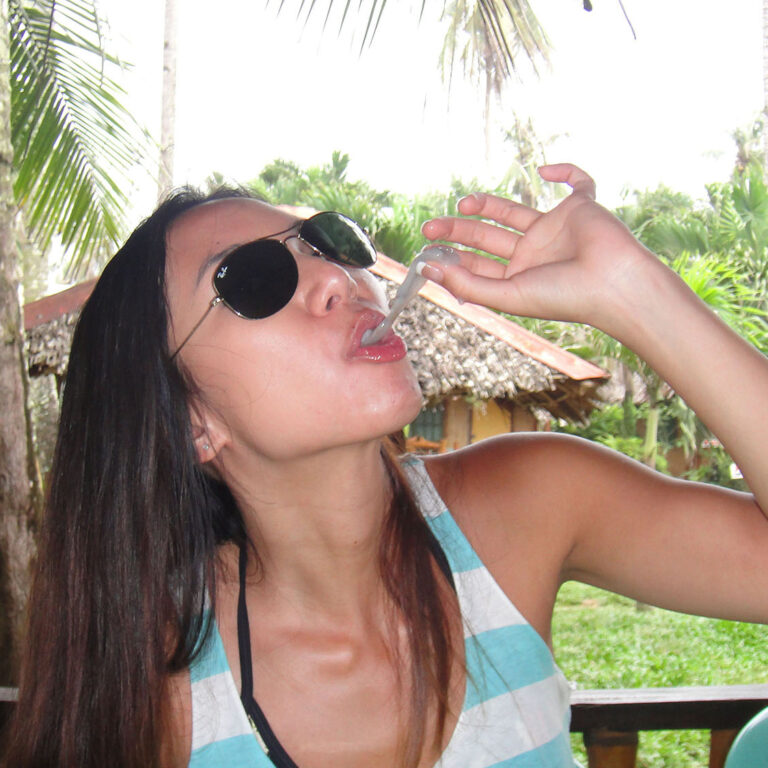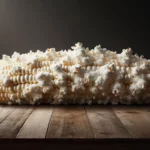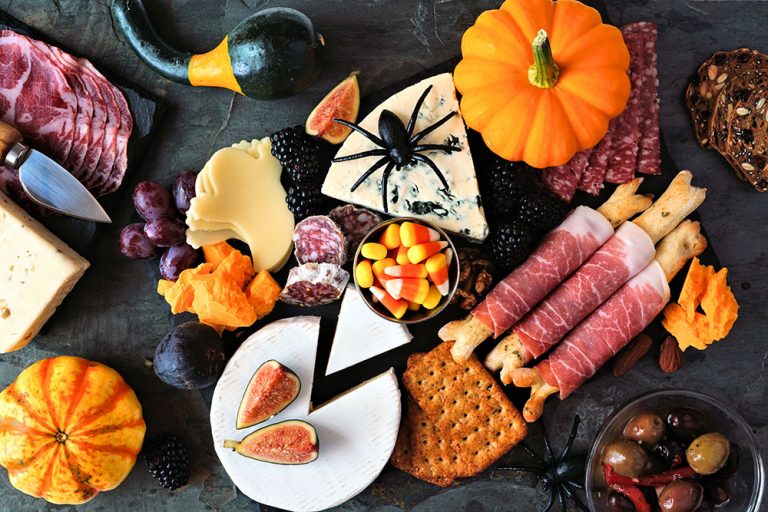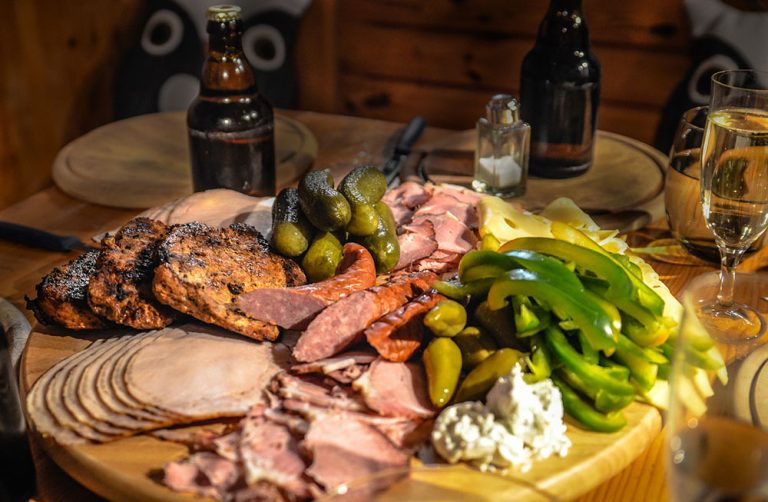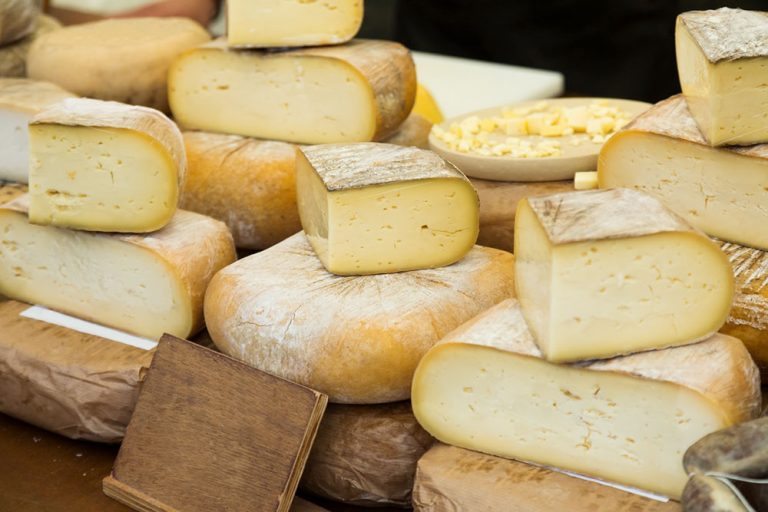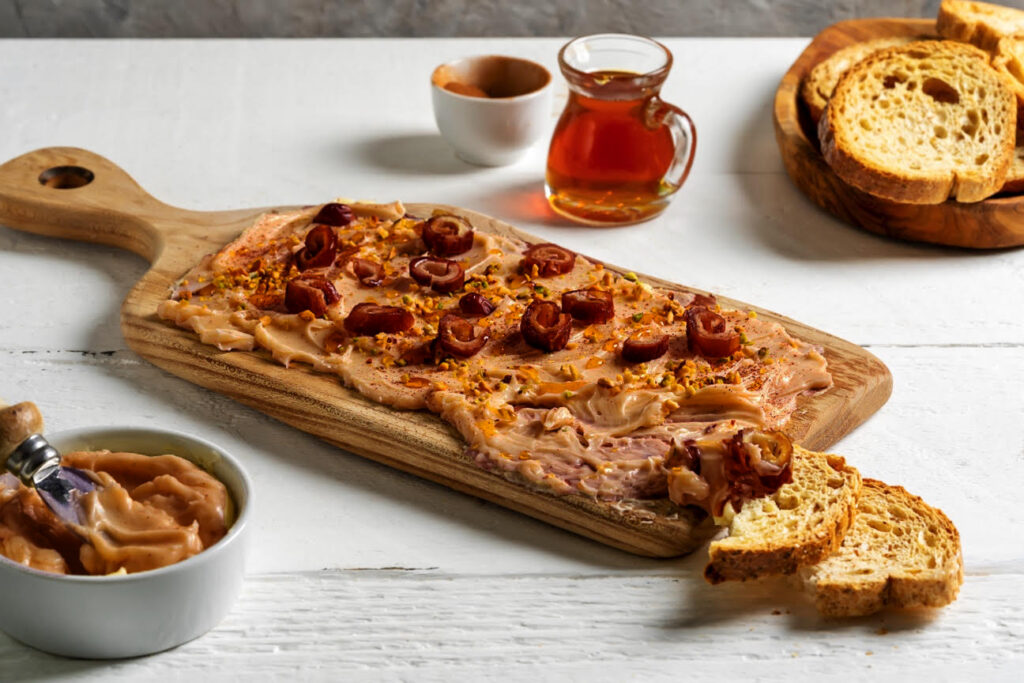
Just when you thought you’d seen it all with the butter board trend, here comes the next iteration, the peanut butter board. This ingenious creation takes the art of assembling snacks to a whole new level, offering a symphony of flavors, textures, and possibilities.
The peanut butter Renaissance
First, let’s acknowledge the simple truth: peanut butter is a classic favorite (barring peanut allergies and sensitivities, of course). Whether it’s spread generously on a slice of toast or sandwiched between two cookies, it brings comfort and nostalgia to our palates.
In the fall of 2022, the concept of the peanut butter board introduced a sense of novelty and creativity to this multi-generational favorite, making it a perfect fit for the modern food scene.
Ingredients and Imagination
A peanut butter board is only as good as the ingredients you choose, and the possibilities are nearly endless. Start with a base of high-quality peanut butter; whether you prefer smooth or crunchy, natural or sweetened, the choice is yours. Then, assemble an array of accompaniments that can range from the sweet to the savory, and everything in between.
For those with dietary restrictions or who would prefer to switch things up, there are several other nut butter options, from almond to walnut butter, that can be substituted for or added to the classic peanut butter.
In addition to nut butter(s), here is a comprehensive list of other items you can add to your peanut butter board.
sweet ingredients:
- sliced apples
- banana slices
- grapes (red or green)
- strawberries
- miniature marshmallows
- dark chocolate chips
- white chocolate chips
- honey (for drizzling or dipping)
- raisins
- dried cranberries
- miniature cookies (e.g., chocolate chip cookies or shortbread cookies)
- sliced pears
- blueberries
- miniature cupcakes
- brownie bites
- miniature donut holes
- sliced kiwi
- dried apricots
- miniature cinnamon rolls
- sliced peaches
- miniature waffle or pancake pieces
- graham crackers
- sliced mango
- sundried tomatoes
savory ingredients:
- celery sticks
- pretzel rods or twists
- baby carrots
- miniature crackers (e.g., butter crackers or whole wheat crackers)
- nuts (e.g., almonds, cashews, walnuts, or peanuts)
- cheese cubes or slices
- pretzel crisps
- sliced cucumbers
- miniature quiches
- roasted chickpeas
- miniature sausage bites (cooked and cooled)
- pita bread or naan triangles
- miniature spring rolls (vegetarian or shrimp)
- miniature samosas
- cherry or grape tomatoes
- miniature empanadas
- sliced avocados
- miniature sushi rolls
- roasted red pepper strips
- miniature meatballs (beef, chicken, or vegetarian)
- miniature BLT sandwiches (bacon, lettuce, tomato)
- roasted or grilled asparagus spears
- miniature caprese skewers (tomato, mozzarella, basil)
- pickles or gherkins
- miniature chicken skewers (teriyaki, buffalo, or barbecue)
Texture Play
The key to a captivating peanut butter board lies in the interplay of textures. Consider the satisfying crunch of apple slices, the smoothness of banana, the delicate snap of pretzels, and the buttery richness of shortbread cookies. Combine these with the creamy nuttiness of peanut butter, and you’ve created a textural symphony that will dance on your taste buds.
Flavor Harmonies
Now, let’s talk flavor profiles. When assembling your peanut butter board, aim for a balanced blend of sweet, salty, tangy, and savory elements. Fresh berries offer a burst of tartness, while drizzles of honey or chocolate add a luxurious sweetness. For a savory twist, sprinkle some sea salt or incorporate ingredients like crispy bacon or crushed red pepper flakes.
Aesthetics Matter
Remember, we eat with our eyes first. A visually appealing presentation elevates the dining experience. Lay out your ingredients in an artful manner, creating a mosaic of colors, shapes, and sizes. Use a wooden board, slate, or any visually pleasing platter as your canvas, and arrange your ingredients with care.
Customization is Key
One of the beauties of a peanut butter board is its flexibility. Tailor it to your personal preferences or cater to the tastes of your guests. Include vegan, gluten-free, or dairy-free options to ensure everyone can enjoy this culinary masterpiece.
A Culinary Conversation Starter
Peanut butter boards are more than just a snack; they’re a conversation starter, a communal experience that brings people together. Whether you’re hosting a brunch, a movie night, or a casual gathering, a peanut butter board is sure to spark delightful discussions and fond memories.
Comparing Peanut Butter Boards and Butter Boards
While butter boards are a classic choice for spreading on bread and enhancing the flavor of dishes, peanut butter boards offer a unique twist. Peanut butter boards bring a variety of flavors, textures, and customizable options to the table, making them a modern and engaging choice for gatherings.
How to make it
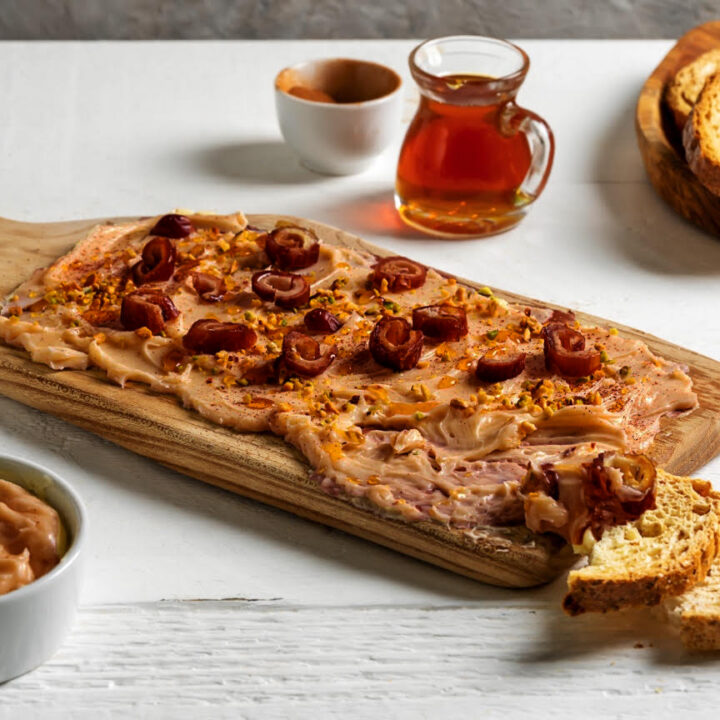
peanut butter board
a food board based on peanut butter (or your favorite nut butter)
Ingredients
peanut butter (or your favorite nut butter)
- 1 cup of smooth or crunchy peanut butter, almond, cashew, macadamia, hazelnut, or pistachio)
Assorted accompaniments (choose a variety from the options below):
- Sliced apples
- Banana slices
- Celery sticks
- Pretzel rods or twists
- Grapes
- Strawberries
- Baby carrots
- Miniature marshmallows
- Dark and white chocolate chips
- Honey
- Miniature crackers
- Raisins or dried cranberries
- Nuts (e.g., almonds, cashews, or walnuts)
- Miniature cookies or shortbread
Instructions
- Start by placing your chosen peanut butter in the center of a large serving board or platter. You can use a small bowl if you prefer.
- Around the peanut butter, artistically arrange your chosen accompaniments. Keep in mind the balance of flavors and textures. Group similar items together to create clusters of flavors. Mix and match colors and shapes to make the board visually appealing. Use small bowls or ramekins for items like honey or chocolate chips. Scatter some items, like miniature crackers or nuts, to fill in gaps and add texture.
- For an extra touch of sweetness, you can drizzle honey over the peanut butter or place a small bowl of honey on the board for dipping.
- Set your peanut butter board on the table, and provide small spreading knives or spoons for guests to scoop peanut butter onto their items. Alternatively, you can let everyone customize their own bites.
- Encourage your guests to get creative and enjoy their peanut butter board by combining different ingredients and flavors to their liking.
Notes
Feel free to customize your peanut butter board with your favorite ingredients or those that cater to your guests' dietary preferences.
Recommended Products
Glutto earns a tiny commission from qualifying Amazon purchases.
Did you make this recipe?
Please leave a comment on the blog or share a photo on Instagram
In the grand tapestry of food trends, peanut butter boards stand as an exemplar of culinary creativity. With a myriad of ingredients at your disposal and the freedom to customize to your heart’s content, the peanut butter board invites us to embrace our inner artist and explore the endless possibilities of flavor and texture.
So, go ahead, embark on your peanut butter board adventure. Assemble, savor, and share the joy of this delightful creation. Whether you’re a seasoned foodie or a kitchen novice, the peanut butter board is a culinary canvas waiting for your masterpiece to unfold. Happy snacking!



